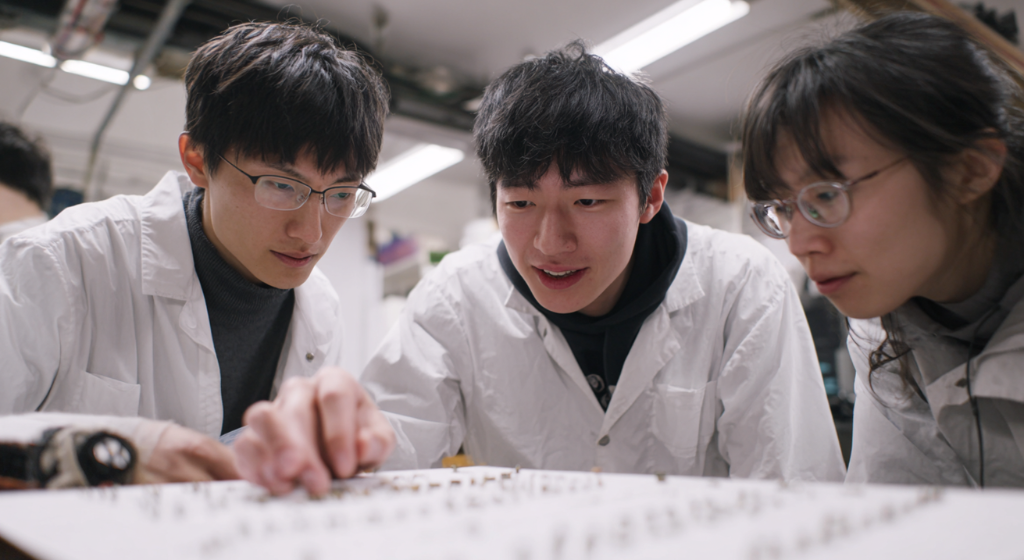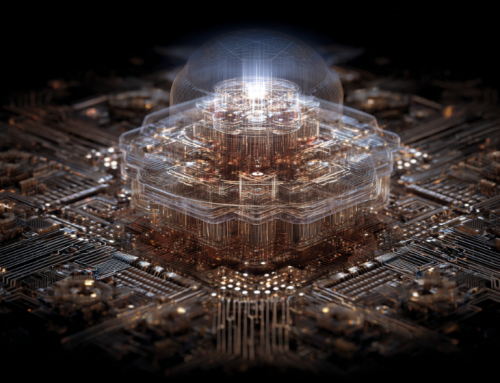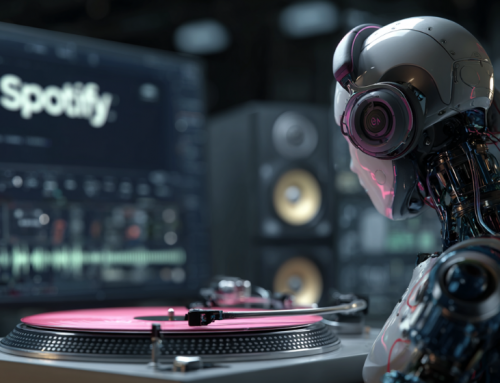
KAIST researchers have developed an AI-driven, heat-activated robotic sheet that folds, crawls, and grips objects without hinges, offering real-time reprogrammability and potential applications from disaster response to space exploration. (Source: Image by RR)
Potential Applications Span Disaster Response to Space Exploration
Researchers at the Korea Advanced Institute of Science and Technology (KAIST) have unveiled a programmable robotic sheet that can change shape, move, and grip objects without mechanical hinges or external reconstruction. The “field-programmable robotic folding sheet” uses a dense network of metallic resistors embedded in a flexible polymer, allowing it to bend when heated, reset when cooled, and monitor its own movements via built-in sensing. Controlled entirely by software, the sheet can be reprogrammed on demand to perform different tasks in real time.
This innovation, as noted in interestingengineering.com, addresses a long-standing challenge in robotics—creating adaptable systems that don’t require physical redesign for each new environment or mission. Unlike traditional origami-inspired robots with fixed folding paths, KAIST’s design can fold in multiple positions and directions, using real-time temperature feedback for precision. A 40 cm² prototype with 308 resistor units demonstrated walking, crawling, and gripping motions, achieving folding angles between -87° and 109° across temperatures ranging from 30°C to 170°C.
To enhance adaptability, the researchers integrated genetic algorithms and deep neural networks, enabling the sheet to adjust its shape based on environmental feedback—a concept they call “morphological intelligence.” This allows it to respond dynamically, such as modifying its grip for different objects or crawling with lifelike motion. A closed-loop control system compensates for external changes, like temperature shifts, that can affect heat-based folding systems.
Looking ahead, the KAIST team aims to increase load capacity, speed up cooling times, and integrate electrodes without external wiring. The technology could serve as an AI-driven platform for applications in disaster response, personalized medical devices, and space exploration. Supported by the National Research Foundation of Korea, this development marks a leap toward robotics that can think—and adapt—through their physical form.
read more at interestingengineering.com







Leave A Comment